Zeiss VR One is a perfect example of how to do VR wrong
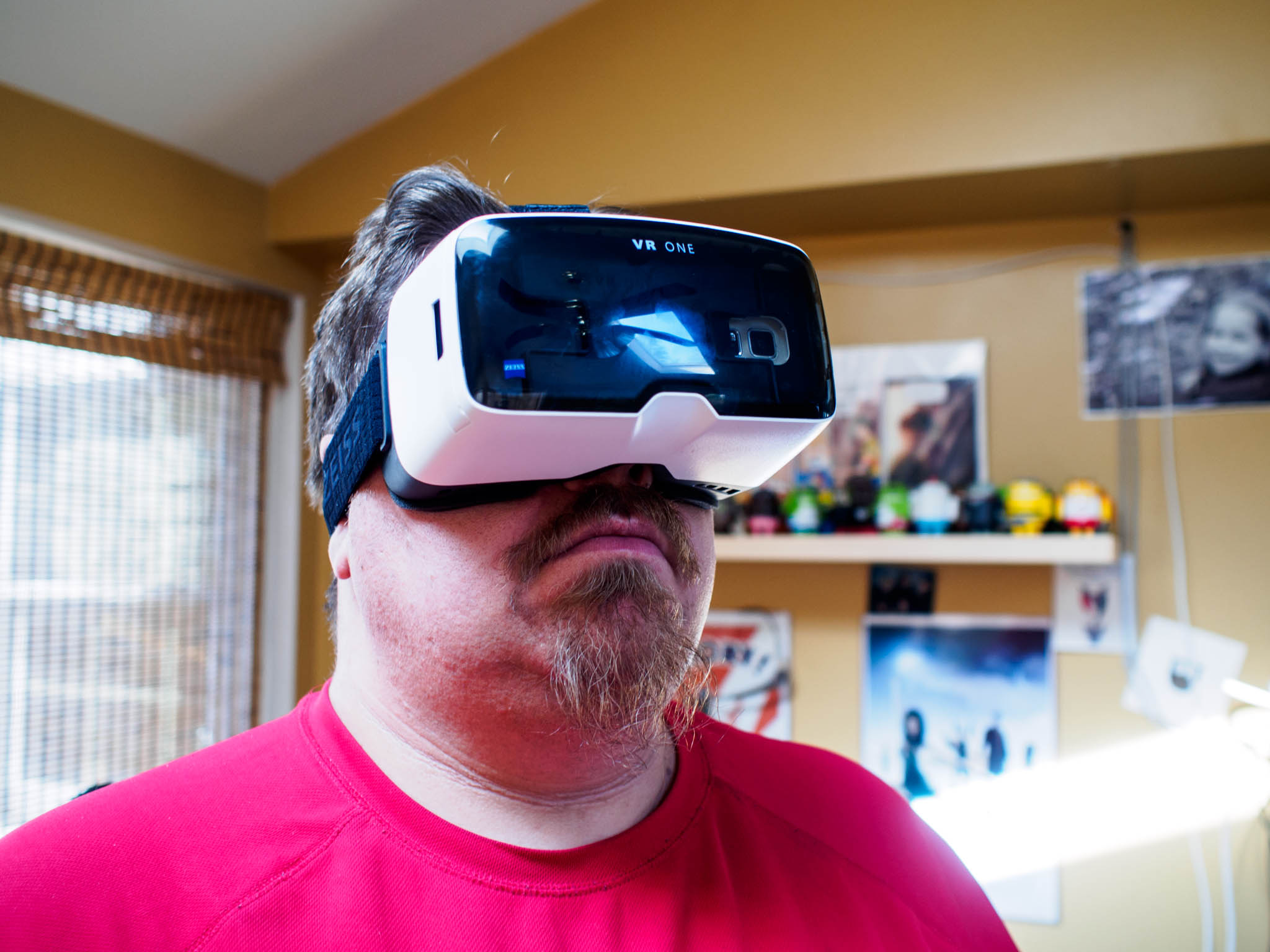
There are a lot of people out there who hear the name Zeiss and immediately think quality optics, and with good reason. When Zeiss decided to make a Google Cardboard-esque VR headset where you shove whatever phone you want into a slot and enjoy, it seemed like a no brainer. Unfortunately, the Zeiss VR One is not the virtual reality superstar I was hoping it would be. In fact, it suffers from a serious design flaw that can only be fixed by released a new model.
Here's a quick look at the Zeiss VR One, and some suggestions on how to do better next time.
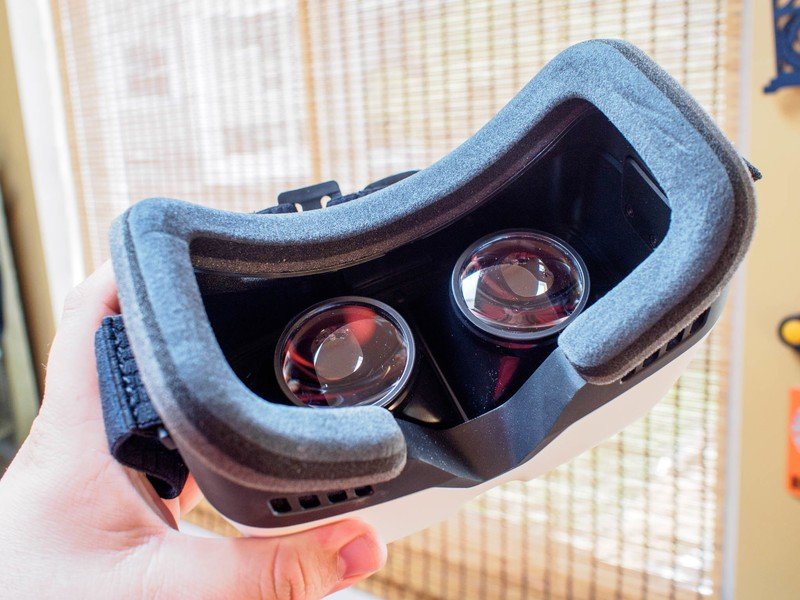
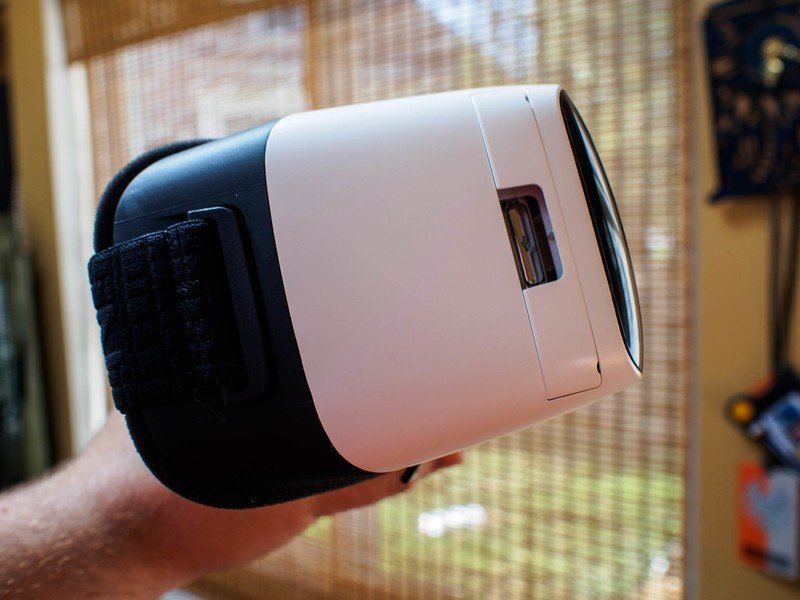
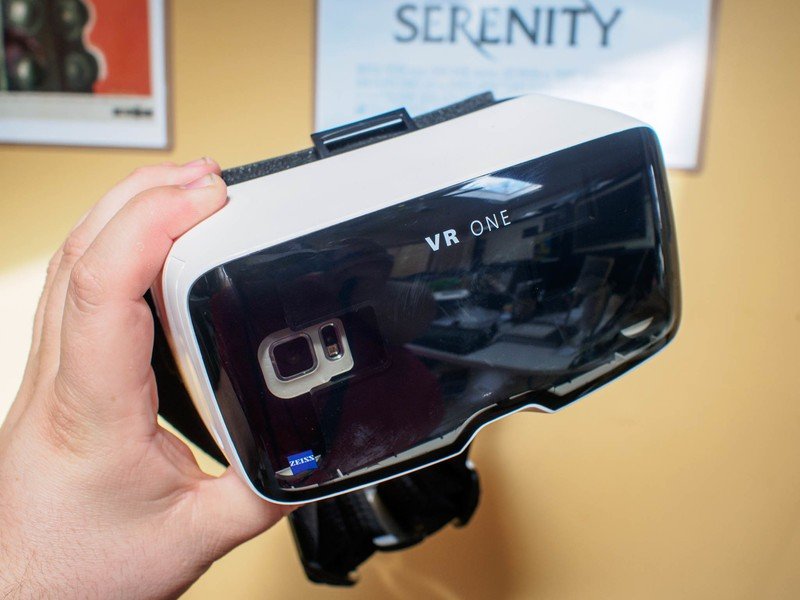
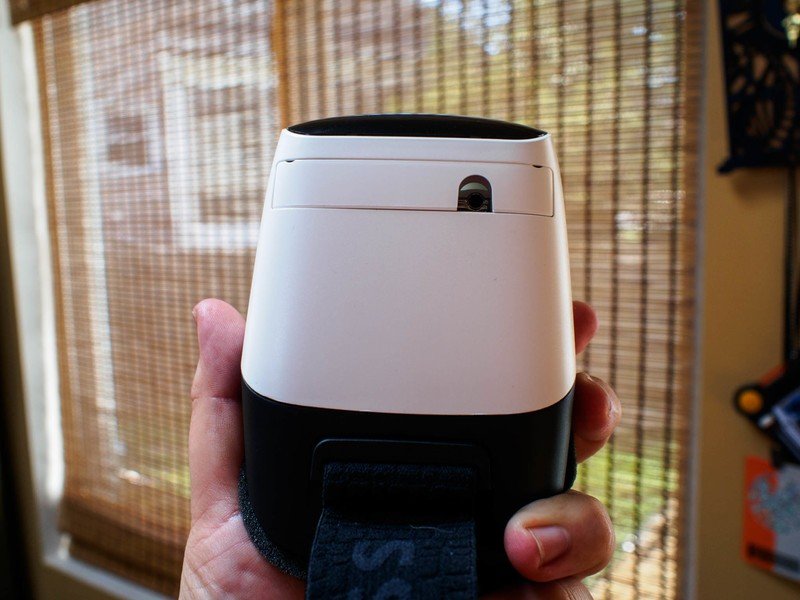
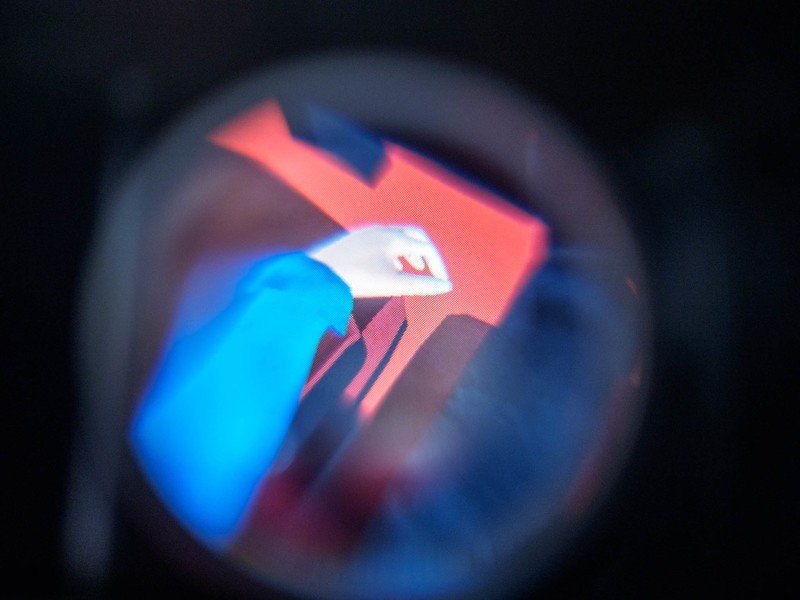
Zeiss VR One is designed to be a sturdier version of Google Cardboard. The hard plastic body is well designed, allowing plenty of room for glasses to fit in the viewing area with plenty of covered air vents to keep things from getting foggy in the middle of a VR session. The Zeiss lenses on the inside are fixed, but massive. It's a design that works well by taking full advantage of the display on the other side, which would be incredible if any of the 2560 x 1440 displays on modern smartphones fit in the body of this headset. Sadly, that wasn't the case.
Rather than an open face to insert your phone like the Mattel View-Master VR, Zeiss uses cartridges that slide in and out of the side of the headset to align the phone you are using. Zeiss sent me a cartridge for the Samsung Galaxy S5, and it didn't take me long to figure out why. The cartridge slot isn't any wider than a Galaxy S5, which means they can't really make cartridges for things like Galaxy Note 5 or Nexus 6P. Zeiss open sourced the cartridge design so the community could help out, so if you have a 3D Printer you can make your own cartridge for the Galaxy S6 or Xperia Z5 Premium.
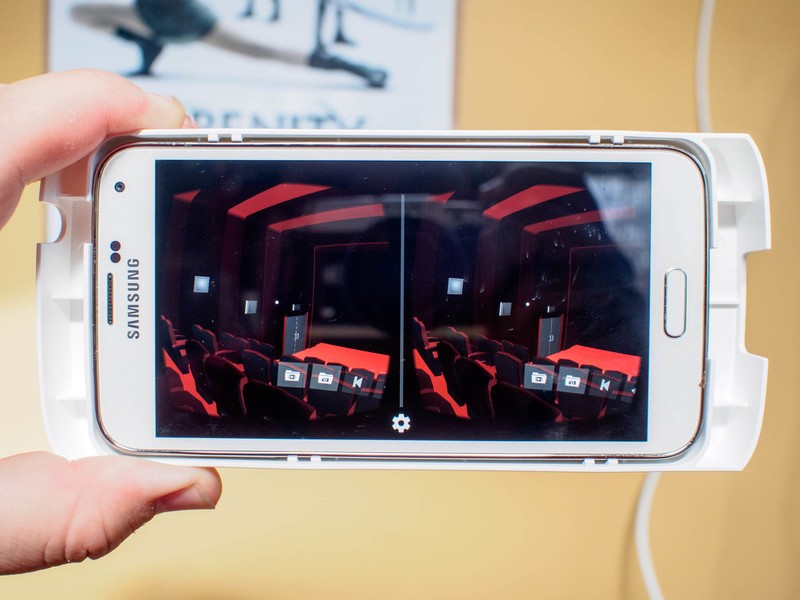
This cartridge slot raises another incredible pain point, which is cleaning the lenses. Dust happens, and in most cases a quick swipe with a microfiber cloth will remove dust and get you back into the VR zone. But since you can't easily open the Zeiss VR One, cleaning is incredibly difficult. Once dust gets on the other side of the lenses — and it will —the VR experience is negatively impacted, so all around it's a problem. If you have something to blow air across the lenses it's not as big a problem, but if you try to do that with your face you're going to wind up with dust and spit on the inside part of the lens, and you will not be enjoying VR today.
Finally, the price tag for this Google Cardboard clone is $129 once you include the cost of a cartridge. That's $30 more than Samsung's significantly more capable Gear VR headset and $100 more than most Google Cardboard headsets you'll find for sale. The VR One hardware feels nice, and the pair of Zeiss VR/AR apps in the Google Play Store are a clever way to get people used to this experience, but nothing about this justifies that price. Zeiss needs to drop the price, open up the body for larger phones and maintenance, and keep the amazing optics and ventilation system in the front. Until that happens, this is not the VR system you are looking for.
Be an expert in 5 minutes
Get the latest news from Android Central, your trusted companion in the world of Android

